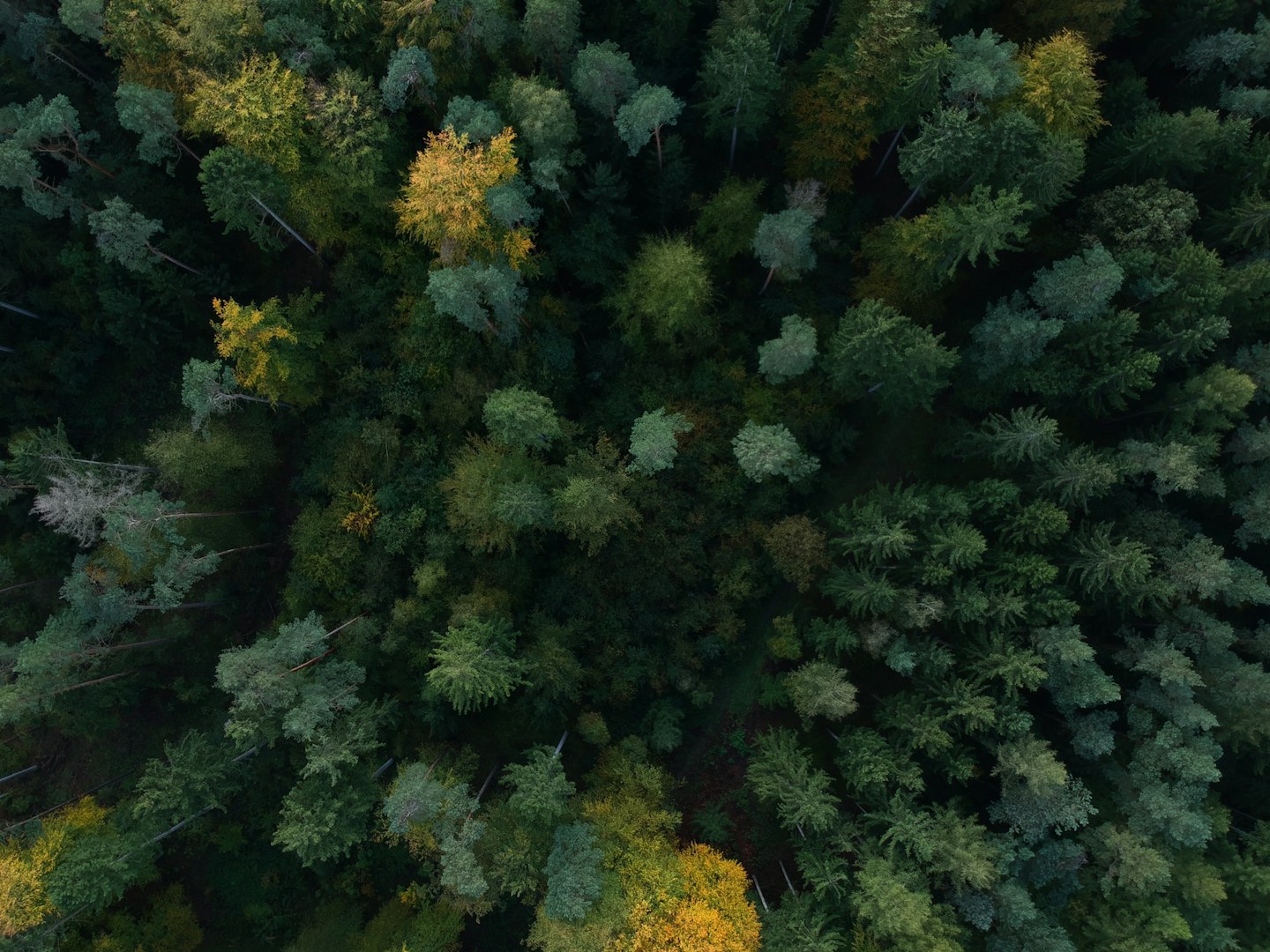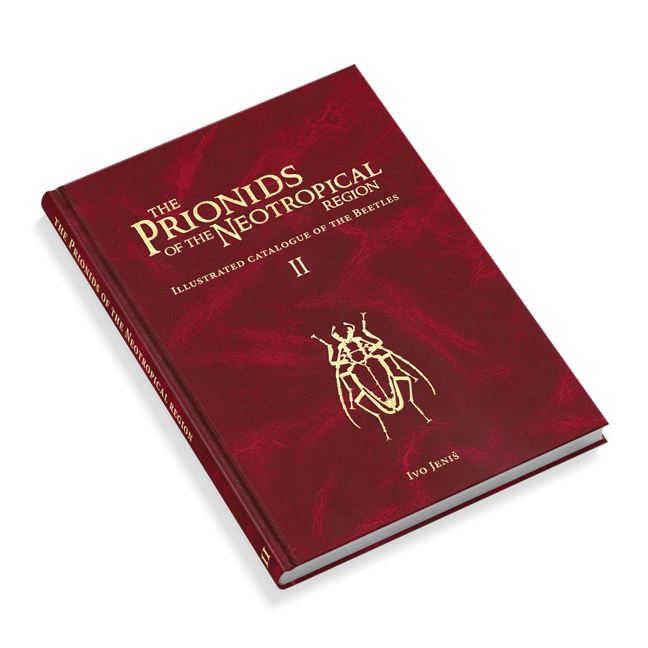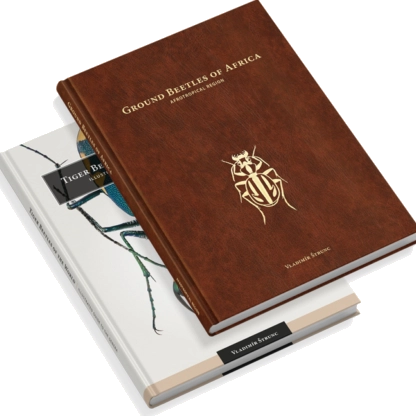
New eBook - CARABIDAE, CERAMBYCIDAE
Cerambycidae
Introduction to the world of Cerambycidae

The mysterious world
of longhorned beetles
Introduction to the world of Cerambycidae
- What are Cerambycidae (longhorned beetles)
- Importance in ecosystems
- Overview of their distribution
Anatomy and physiology of Cerambycidae
- Description of body structures
- Adaptations and evolutionary interest
- Life cycle and reproduction
Ecology and behaviour
- Relationships with host plants
- Predation, parasitism and symbiosis
Species diversity and classification
- Overview of the main subfamilies and genera
- Species of interest and their specificities
- Methods of classification and identification
- Beetles as pests and their control
Field guide to observing Cerambycidae
- How and where to look for long-lived beetles
- Collection and documentation methods
- Ethics and conservation
Threats and conservation
- Environmental threats and their impact on populations
- Species conservation and legislation
- Case studies of successful conservation
Macrophotography techniques for entomologists
The future of Cerambycidae
The importance of Cerambycidae for biodiversity
The Cerambycidae, also known as the long-horned beetles, are a fascinating and diverse family of insects in the order Coleoptera. This family is one of the largest within the order, comprising more than 35,000 described species divided into several thousand genera. Longhorned beetles are distributed worldwide, from tropical rainforests to temperate forests, and are known for their amazing biodiversity and wide range of morphological adaptations.
In terms of morphology, Cerambycidae are notable for their long bodies and even longer antennae, which can be up to three times longer than their body. The antennae not only serve as sensory organs to help them perceive their surroundings, but also play a role in mating and territorial behaviour. Because of these distinctive features, beetles in this family are easily recognizable and often become the focus of interest for entomologists and naturalists.
During their development, longhorned beetles undergo a complete transformation, which means that their life cycle includes four stages: egg, larva, pupa and adult. The larvae are arboreal, meaning they feed on the wood of trees and shrubs. This characteristic has a significant impact on forest ecosystems and the timber industry. Some species can be pests by attacking living trees or weakening wood through their feeding, while other species feed on already dead or dying wood, thus contributing to the process of decomposition and nutrient recycling in the natural environment.
Adults of Cerambycidae are often characterized by colorful and striking patterns on their trusses, which are hard wing covers protecting the soft flight wings located beneath. In addition, some species boast bright colors or intricate structures on their exoskeleton that aid them in camouflage or courtship rituals.
Scientific studies have looked at the Cerambycidae from a variety of perspectives. Entomologists are investigating their role in ecosystems, their impact on forestry, and ways to protect trees from their harmful effects. Taxonomists are constantly working to classify and describe new species, as many areas of the world, especially those with high biodiversity, still harbour undiscovered species of this large and dynamic insect community. Research on longhorn beetles may provide new insights into the evolution of insects and their adaptations to different environments.






